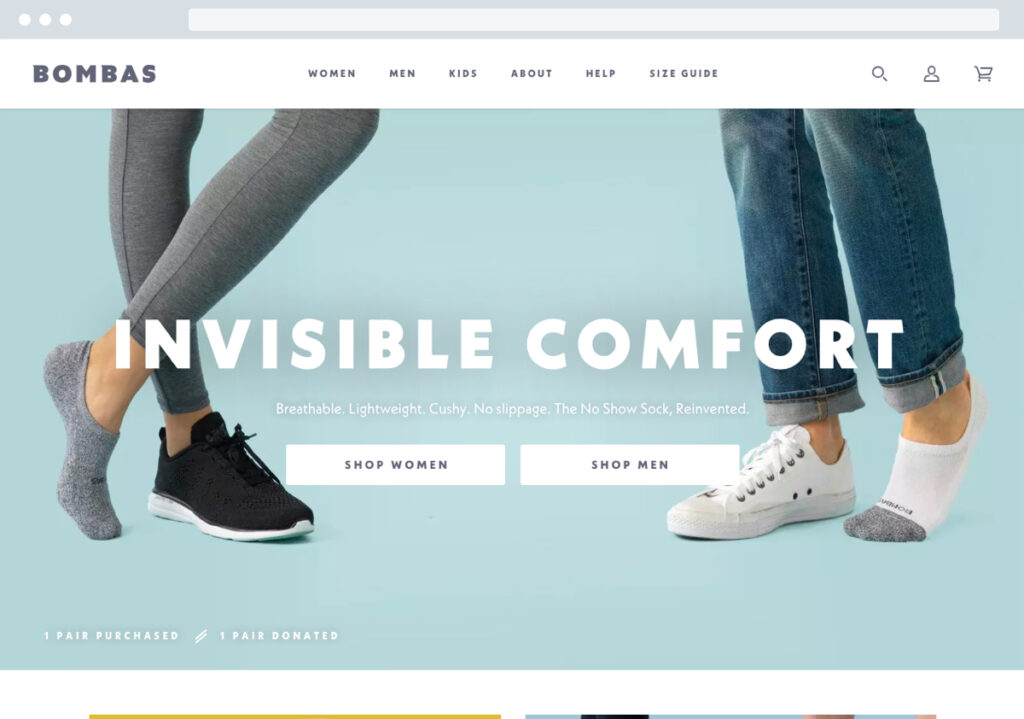The online fashion industry is predicted to see double-digit sales growth (from $408B in 2017 to more than $706B by 20221).
Retail businesses, like yourself, are a very big part of that.
Soon we’ll see new technology hit the market, such as virtual fitting rooms, AI voice-powered shopping, and virtual shopping assistants to dramatically increase the level of personalization for the customer.
But that’s still a long way away if you’re in the small business segment. So if you feel like your Shopify store has plateaued or is not bringing in the sales you are aiming for, what can be done to make an impact now?
In this article, we are going to explore six ways to move the needle for your boutique’s Shopify store (that doesn’t involve installing a new theme or starting from scratch).
These are meant to be manageable changes that you can put into place this month to start seeing a difference in your conversion rate.
The 6 ways to increase sales on your fashion business’ Shopify site are:
- Increase average order value with free shipping for orders over a certain minimum
- Make your navigation laser focused
- Increase ways of contacting your customer service
- Add detailed product guides
- Abandoned cart sequence
- Add urgency with deadlines for same day shipping
Increase average order value with free shipping for orders over a certain amount
One of the most tried and true ways of increasing your average order value (AOV) is to offer free shipping for an amount just above your current AOV. So if, on average, a customer is spending $70 per order on your site, you can offer free shipping to anyone who has a cart total of over $99.
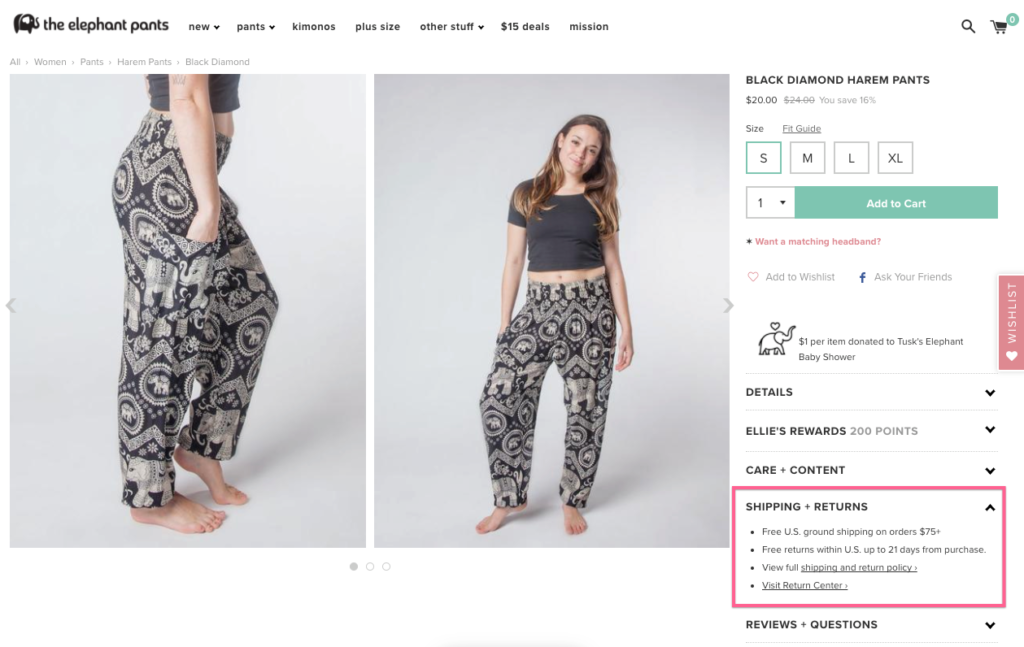
This will encourage those customers who are already around the average to add more to their cart in order to save on the shipping cost.
We recently wrote a 3-part article series on optimizing your free shipping offers. If you choose to offer an order minimum discount, I highly recommend checking that out.
Make your navigation laser focused
Your navigation menu is not only the main tool used by customers to browse your store, it is also what they look to in order to get a feel for what scope of products you offer.
In fact, there’s a very good chance that a majority of your site’s traffic has no idea what you sell, other than the broad assumption of “Women’s Clothing” that they deducted from your Instagram account.
Your navigation is key to laying out what kind of business you are and giving visitors a full picture of the scope of products that you sell.
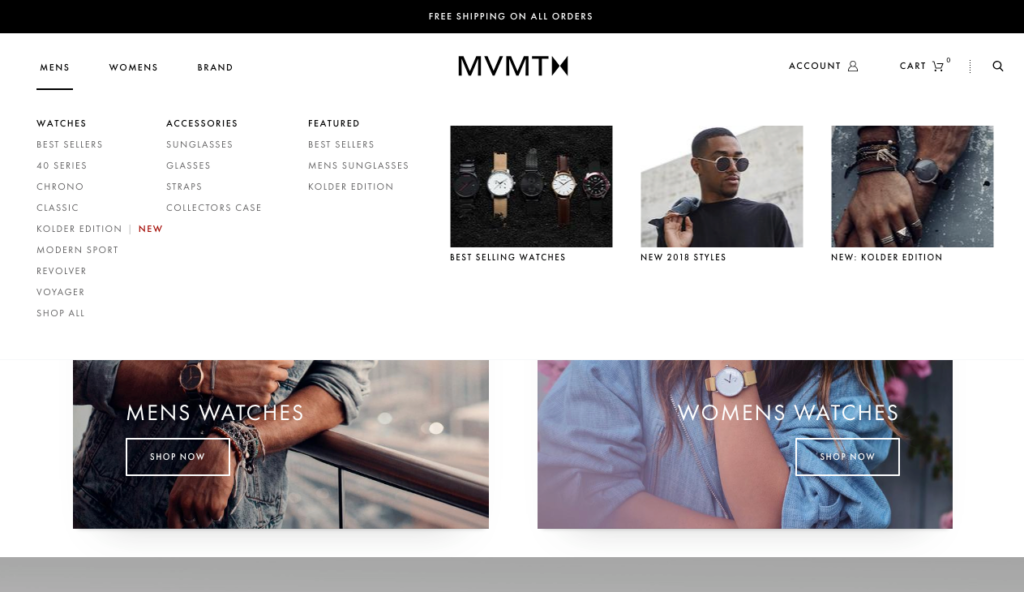
In the example above, the apparel brand MVMT (most popularly known for their wrist watches) uses a mega menu to showcase their categories and featured collections, which allows them to show the full scope of products that they offer.
As a first time customer who is vaguely familiar with their watches, I can quickly conclude, “Ah, they have sunglasses and glasses too.”
The main keys here are to:
- Display your top level categories in the main navigation, don’t bury them in a dropdown menu. This may require you to move customer service related links (contact us, account, etc.) to a separate menu elsewhere in the header. This way, your main navigation doesn’t become too crowded and is extremely focused on product discovery.
- Redundancy is OK. In some cases, placing a link in multiple places in your main menu is good practice (ex: The ‘Shoes’ category displayed as a top level link as well as in the ‘Accessories’ dropdown). Give your customers multiple ways of finding the categories they are most interested in. Not everyone has the same browsing habits!
Increase ways of contacting your customer service
Research has proven that the likelihood of someone making a purchase drastically goes up when they have talked with a human being and had a positive customer service experience.
Because of this, it’s important that you create plenty of opportunities for visitors to connect with your staff.
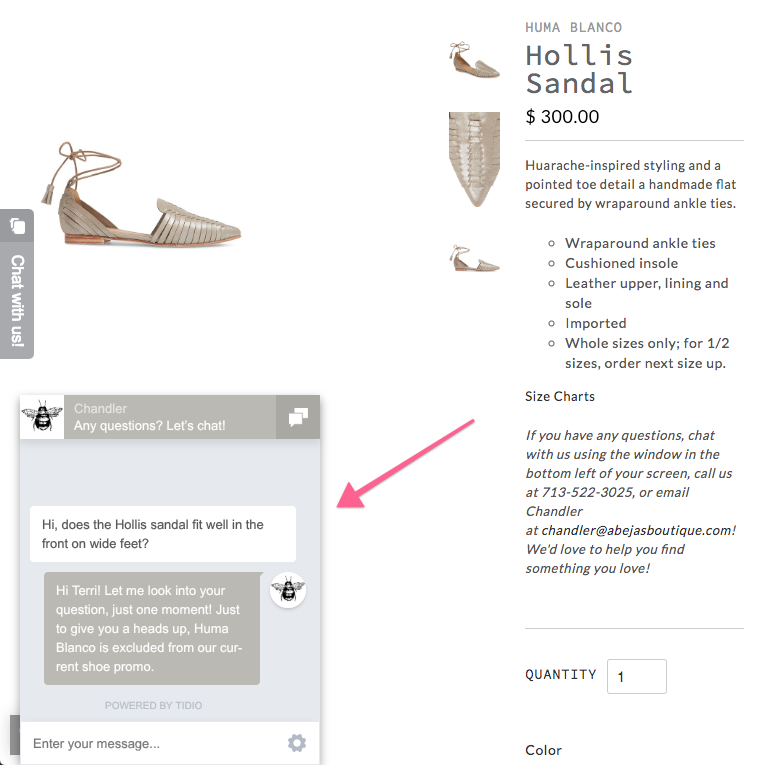

Some of the best ways to do that now are:
- Live chat windows, like this one or this one.
- Prompts and links to your email or phone on your product pages – as this is often where customer questions come up most often (e.g. “Will this dress fit me if I have a short waist and long legs?”)
- In your abandoned cart emails (more on that subject in a bit)
- Making sure your contact page and returns/exchange policies are easy to locate – often these should be linked to from both the header and the footer of your site.
Add detailed product guides or size charts
Enemy No. 1 of fashion ecommerce is the risk of something not fitting. Not only does this inhibit customers from completing their purchase, but it also increases the return rate, where in some sectors of the fashion and apparel industry, the online return rate is as high as 50%. This is detrimental to profits due to absorbing shipping and handling costs.
A way to minimize this risk for people is by providing high quality and accurate product guides and/or size charts, which should always be displayed or linked to from the product description.
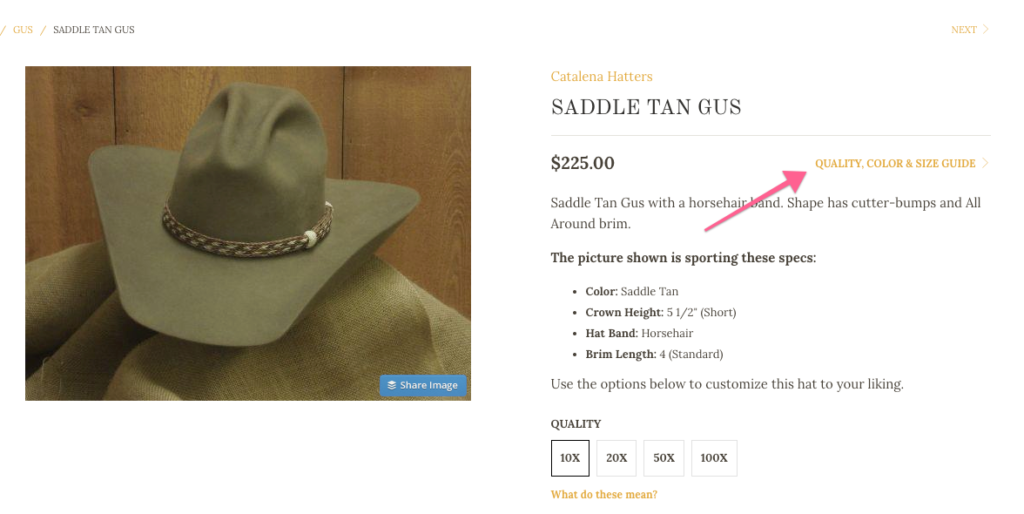
If you’re using live models in your product photos, include their sizes/measurements in the product description so customers can use them as a comparison point for gauging how the item will fit on their own body.

Add an Abandoned Cart Sequence
An abandoned cart sequence is an email (or series of emails) sent to a customer who adds a product to their cart and then leaves without purchasing.
These emails aim at getting those products – that the customer was interested enough in to add them to their cart – back in front of them before their interest or need for the product wears off.
These automation campaigns have a huge effect on conversions for eCommerce stores.
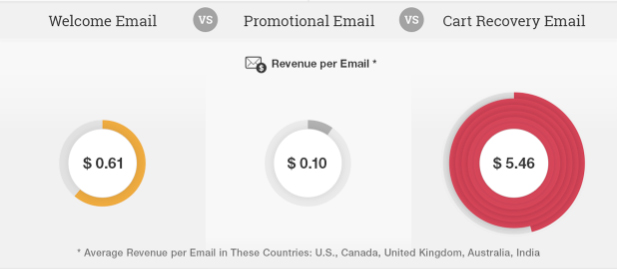
Timely messages like this to an otherwise lost customer, plays a major role in the automation strategy, and are one of the best conversion-boosting tools in ecommerce today. The best part is that you write the emails once and then let them go to work for you automatically.
Check out our article on how to build an abandoned cart sequence like a pro for a 3 part template that we recommend starting with.
Add urgency with deadlines for same day shipping
Urgency remains one of the most powerful tools at your disposal when it comes to improving conversion rates. We see this all the time when comparing results of promotional campaigns that have a deadline and those that don’t.
A great strategy to create some additional urgency (without getting too “greasy car salesperson”) is to show an order deadline notice on your product and/or cart pages.
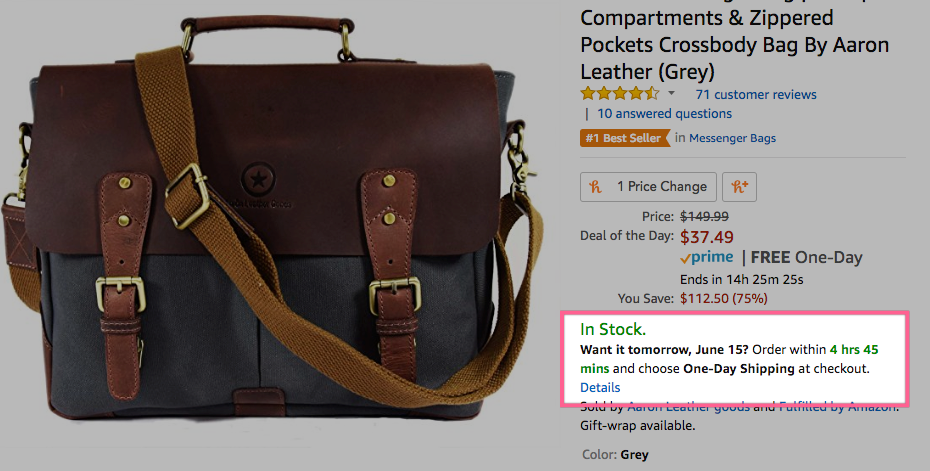
An example of this would be to have a countdown timer that is synced with your daily shipping cutoff time. The customer would be prompted with a message like “order in the next 1 hour and 25 minutes and get it shipped today!”
There is a great app, called Countdown Timers, that will get something like this in place for you very quickly and even includes countdown for other use cases like flash sales, promotion deadlines, and more.
What if you just don’t have the time to make these changes?
Even small, manageable changes like the six we covered in this article can be “not so manageable” if you’re a busy store owner or don’t have dedicated web staff to delegate to. But that shouldn’t stop you from making these improvements.
We are always available to be your partner in improving ecommerce as a revenue channel for your business. Get in touch and let’s talk about ways we can take advantage of low hanging fruit for your site.
Looking for design inspiration for your online store?
We’ve put together a collection of some of the top ecommerce brands in the world that are leading the way in modern design trends.
